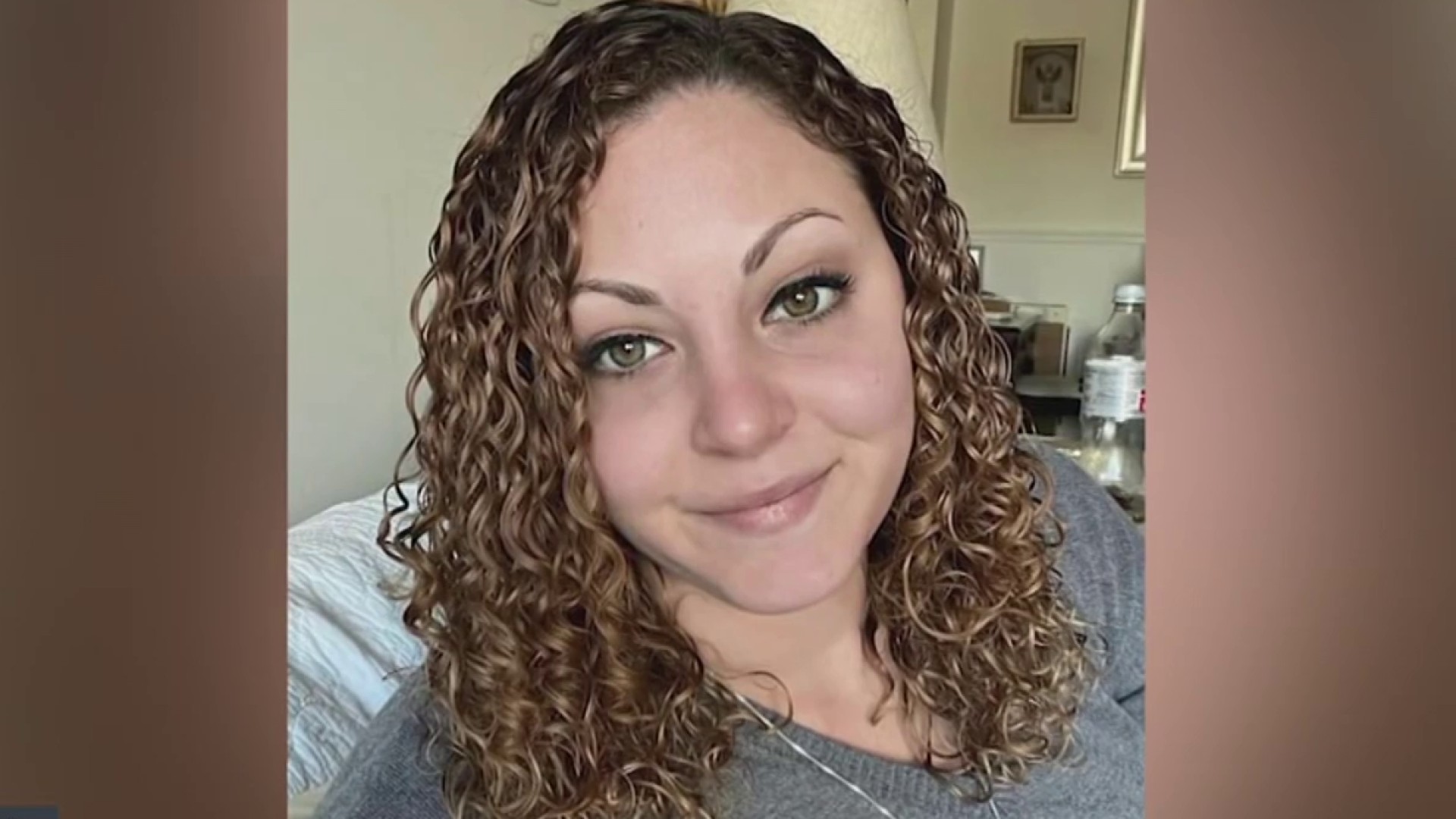About a week ago, I was driving around downtown trying to find a spot near the National Building Museum. I passed several empty spaces, but all had old-fashioned coin meters, not the new credit card operated ones the city promised when it doubled rates a year ago.
As I circled the same block for the third time, I saw other drivers -- like me, happy to pay $2 for an hour but without a sack of quarters in their cars -- doing the same thing. I finally found a credit card meter six blocks away.
Once inside the museum with my sons, while passing through an exhibit on urban parking I spied a sign saying that up to 30 percent of downtown city traffic is due to folks looking for a place to park.
The District government is finally catching up with its promise. The Washington Examiner reports DDOT is rolling out a series of pilot programs this summer that will let drivers pay by cell phone or by entering license plate numbers, so they need not lug around bags of change.
The city is also lifting two-hour parking limits after 6:30 p.m. in “premium demand zones” like Adams Morgan and Georgetown that see a lot of after-hours traffic. The move is a token gesture to patrons irked by the recent extension of meter times to 10:30 p.m. Those parking there will still have to pay, but at least they won’t have to move their cars after two hours.
Greater Greater Washington calls this decision “really great news. Parking time limits make little sense when your customers are out for a night of entertainment.”
Less great for D.C. drivers is a speed camera on New York Avenue at Bladensburg Road. Ashley Halsey II of the Washington Post wrote Saturday that “after doing the stop-and-go head bobble all the way from downtown,” the camera catches drivers in “the first real burst of acceleration most drivers have known in the last half-hour.”
Local
Washington, D.C., Maryland and Virginia local news, events and information
AAA MidAtlantic’s Lon Anderson says, “It is an old-fashioned, money-making, motorist rip-off speed trap right out of the ‘Dukes of Hazzard.’” Anderson says AAA successfully lobbied to have the camera removed a few years ago, but knew it was back when AAA members started to complain.
“The camera does nothing for safety,” he tells the Post. “There are no more intersections, no pedestrians, and there is nothing dangerous about driving 50 or 55 mph on that stretch of road.”
The Post says commuters could make the case that the spot is “the most-hated stretch of road in America,” and Greater Greater Washington’s Dave Murphy put the “horribly autocentric intersection” on his recent list of his “least favorite streets in D.C.” Some even say ticketing drivers at such a spot is downright un-American.
“What’s happening at this site is violating the concept of freedom," Cornell University’s Isaac Kramnick tells the Post. "You’ve come all this way through traffic and now the government is stepping in with a ticket at this crucial moment of freedom.”



